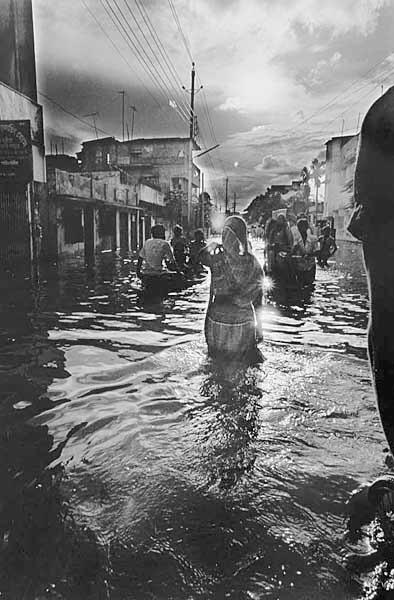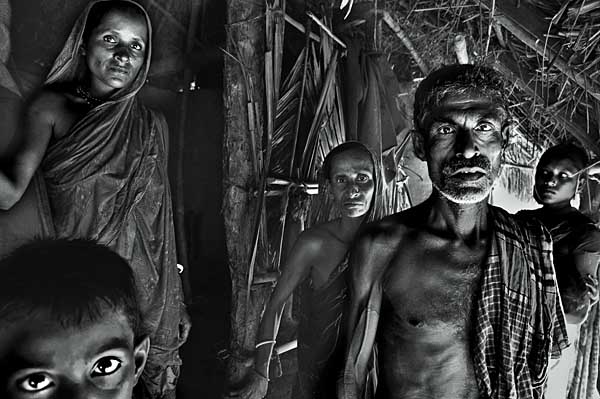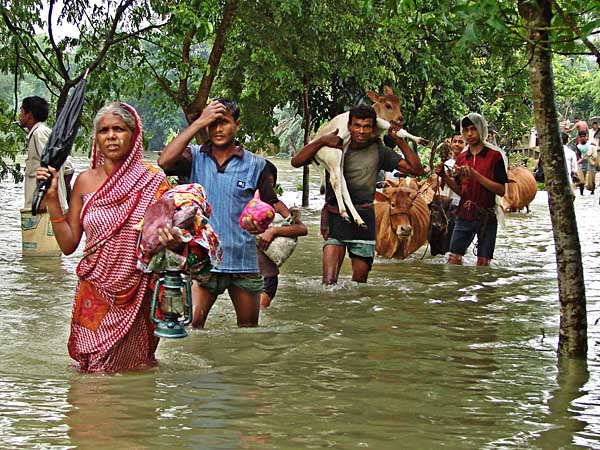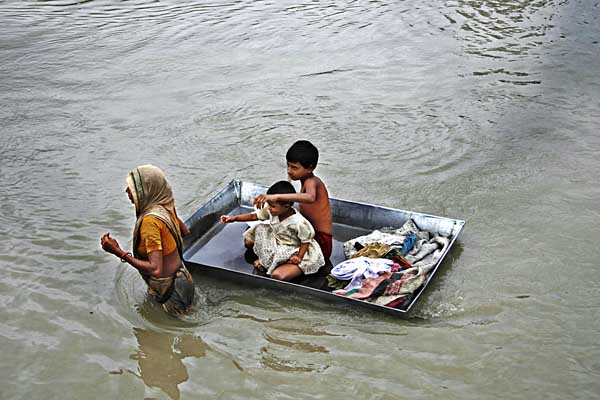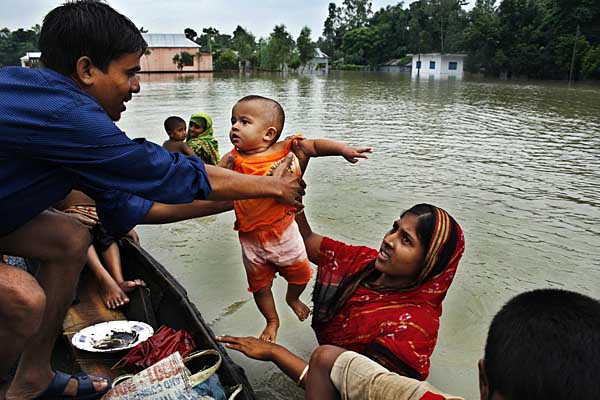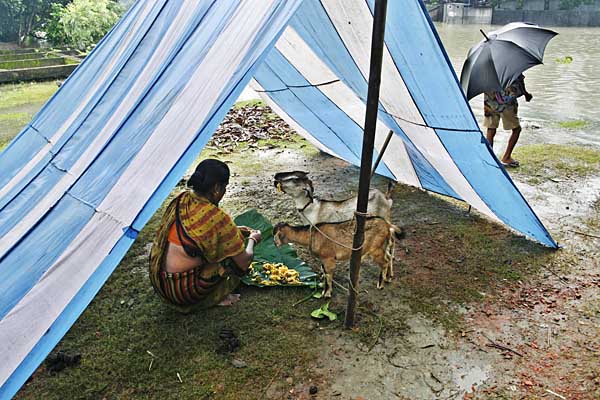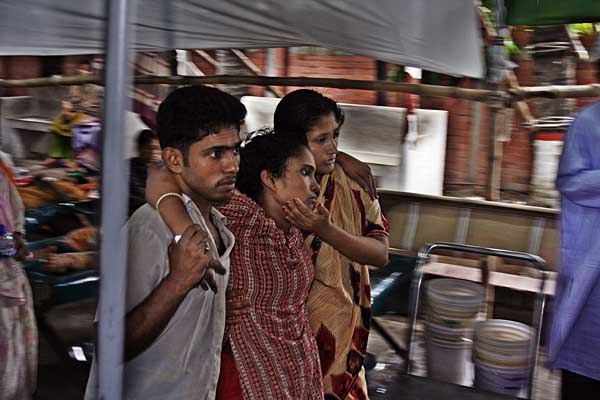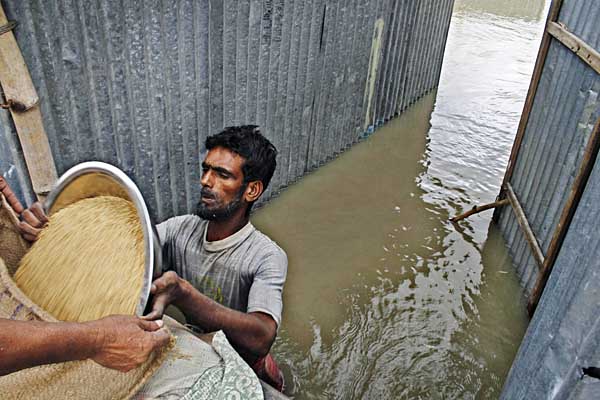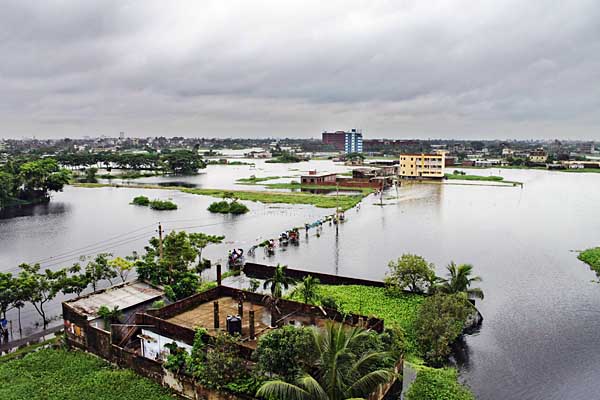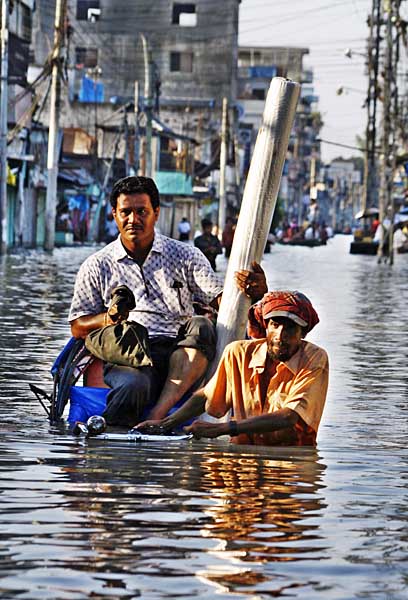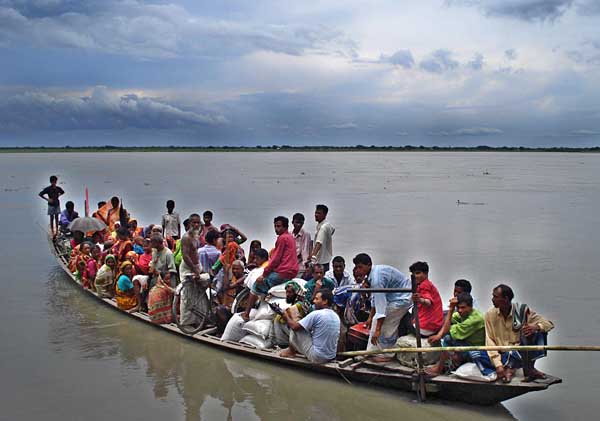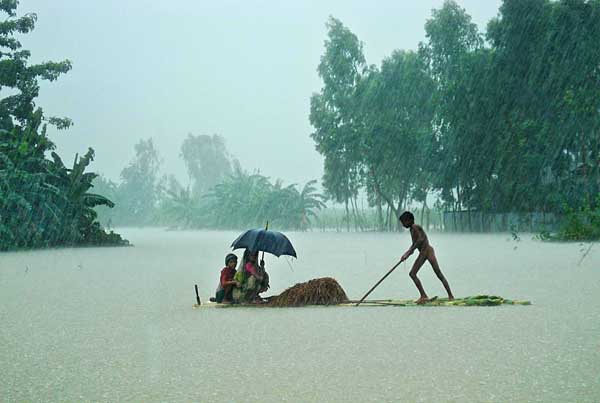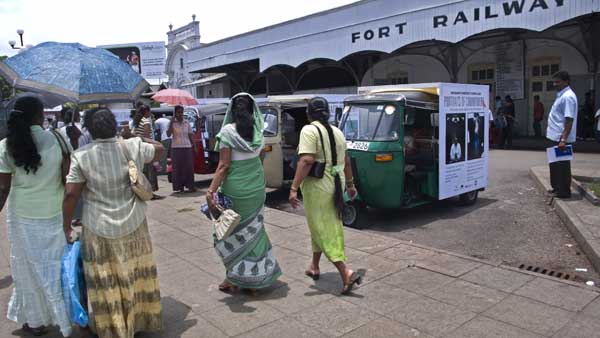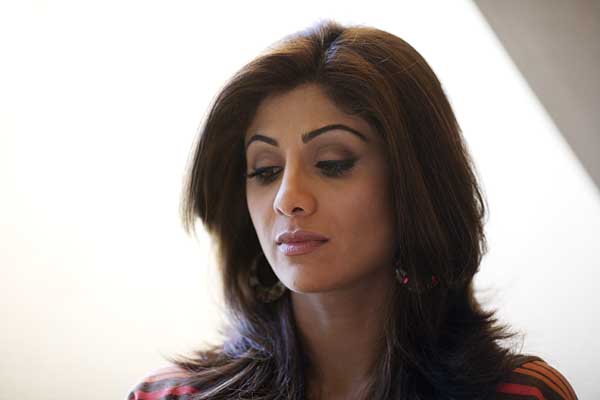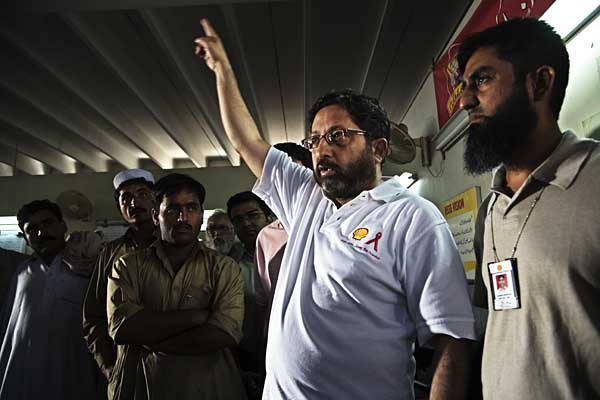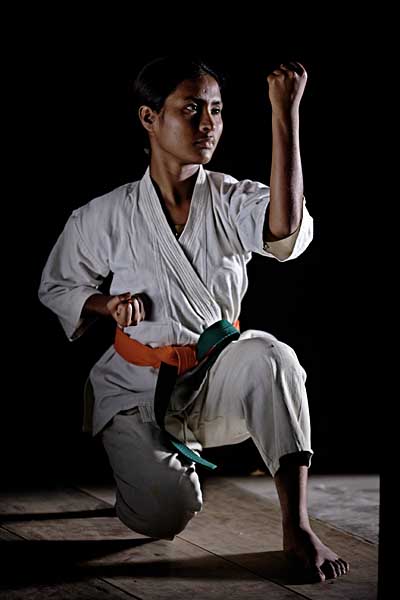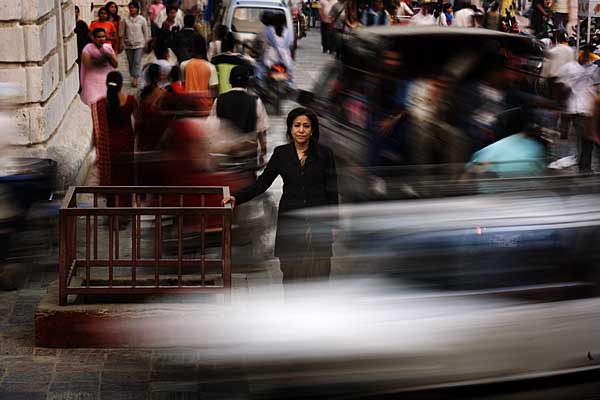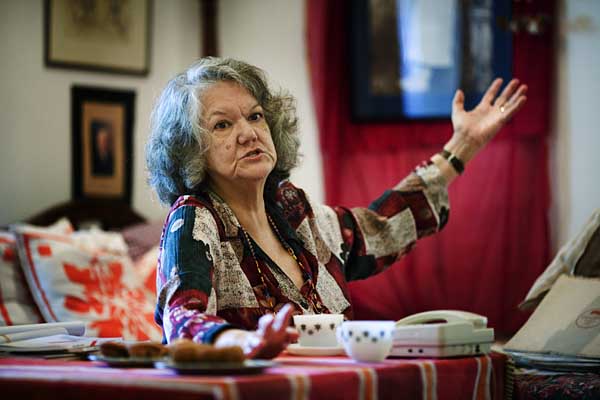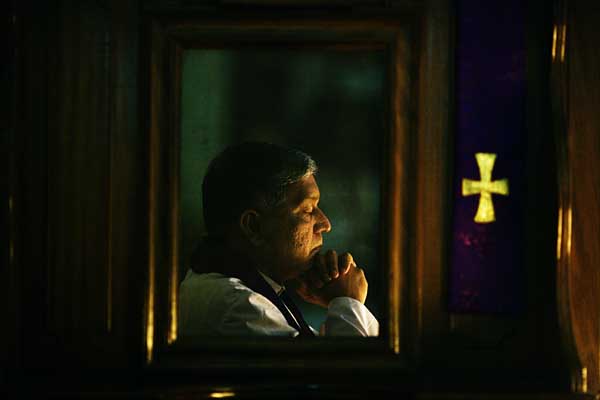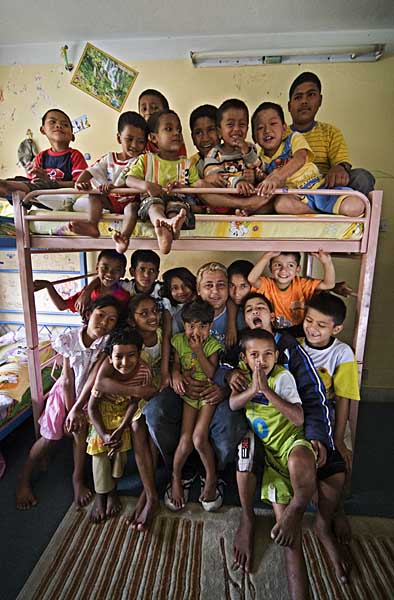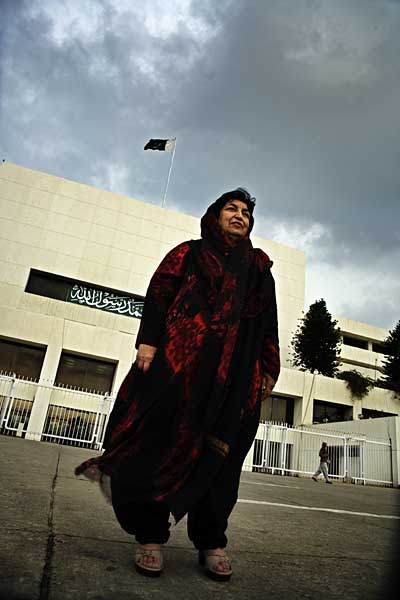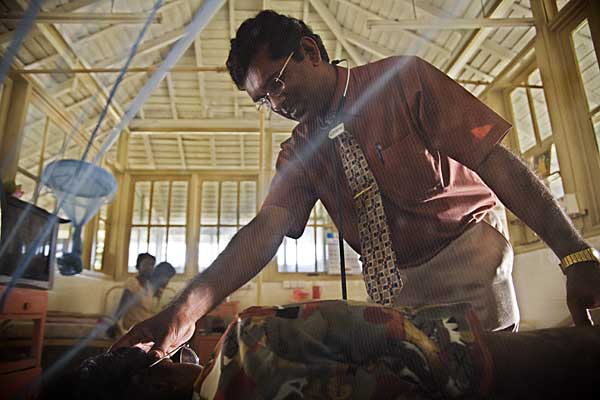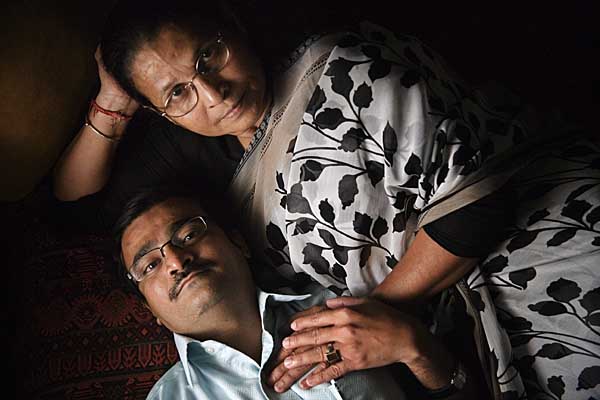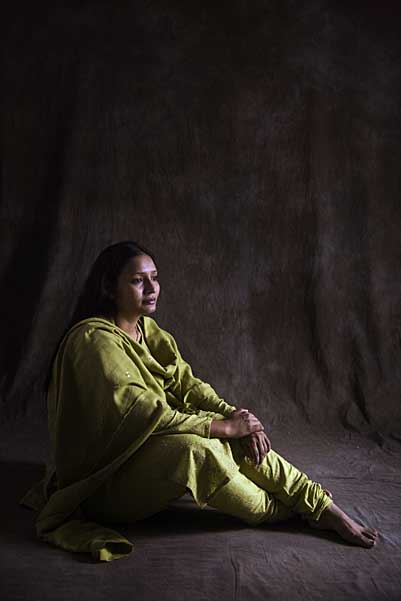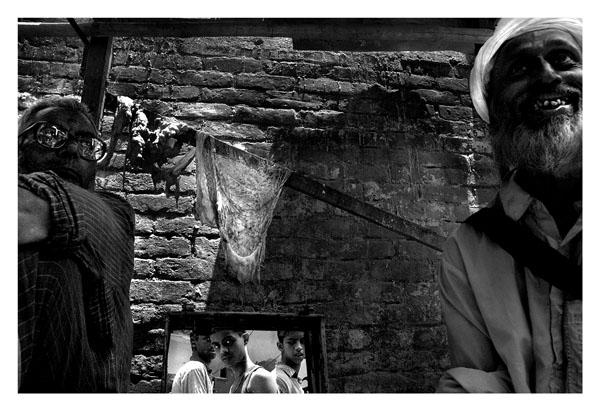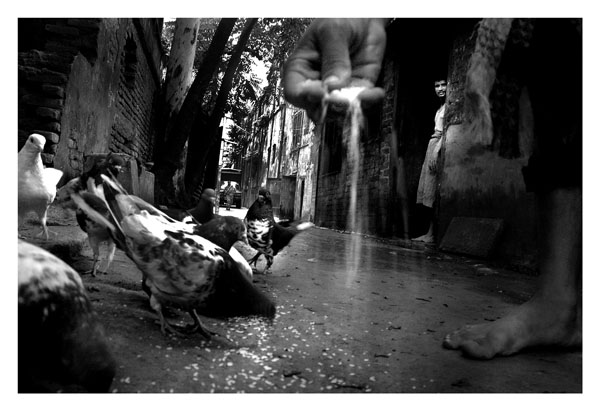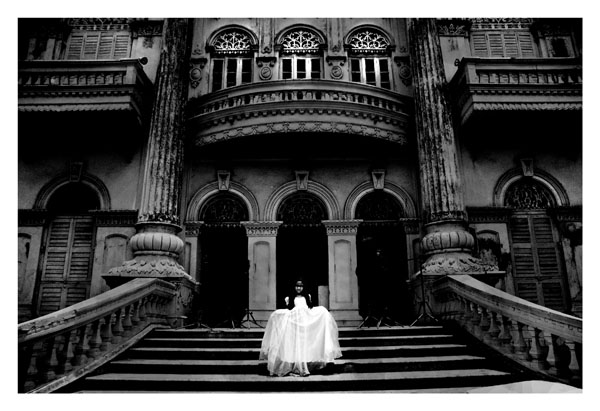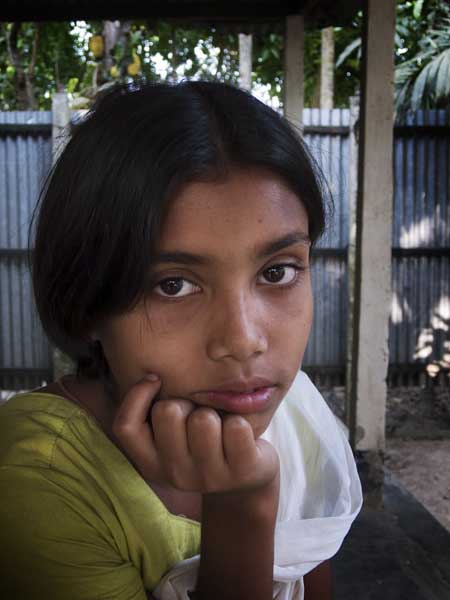As colleagues are out there trying to? provide relief to the people affected by cyclone Sidr. As I talk at my book launch of “Nature’s Fury” in Glasgow. The mail from Kenneth Van Toll reminding us on World Human Rights Day, of the disparity in people’s lives provides food for thought.
The people of Bangladesh have some of the lowest ecological footprint in the world, but they are the ones who will pay the price for the effects of? the world’s biggest consumers.
—–
Today, poverty prevails as the gravest human rights challenge in the world. Combating poverty, deprivation and exclusion is not a matter of charity, and it does not depend on how rich a country is.
By tackling poverty as a matter of human rights obligation, the world will have a better chance of abolishing this scourge in our lifetime…Poverty eradication is an achievable goal.Louise Arbour
UN High Commissioner for Human Rights
?What The World Eats
??? ??? ??? ??? ??? ??? ??? ??? ??? ??? ??? Beth Hartford-DeRoos
Germany : The Melander family of Bargteheide
Food expenditure for one week : 375.39 Euro or $500.07
Favorite foods : fried potatoes with onions, bacon and herring, fried noodles with eggs and cheese,
pizza, vanilla pudding
United States : The Revis family of North Carolina
Food expenditure for one week : $341.98
Favorite foods : spaghetti, potatoes, sesame chicken
?
?
Japan : The Ukita family of Kodaira City
Food expenditure for one week : 37,699 Yen or $317.25
Favorite foods : sashimi, fruit, cake, potato chips
?
?
Italy : The Manzo family of Sicily
Food expenditure for one week : 214.36 Euro or $260.11
Favorite foods : fish, pasta with ragu, hot dogs, frozen fish sticks
?
?
Great Britain : The Bainton family of Cllingbourne Ducis
Food expenditure for one week : 155.54 British Pounds or $253.15
Favorite foods : avocado, mayonnaise sandwich, prawn cocktail,
chocolate fudge cake with cream
?
?
Kuwait : The Al Haggan family of Kuwait City
Food expenditure for one week : 63.63 dinar or $221.45
Family recipe : Chicken biryani with basmati rice
?
?
Mexico : The Casales family of Cuernavaca
Food expenditure for one week : 1,862.78 Mexican Pesos or $189.09
Favorite foods : pizza, crab, pasta, chicken
?
?
China : The Dong family of Beijing
Food expenditure for one week : 1,233.76 Yuan or $155.06
Favorite foods: fried shredded pork with sweet and sour sauce
?
?
Poland : The Sobczynscy family of Konstancin-Jeziorna
Food expenditure for one week : 582.48 Zlotys or $151.27
Family recipe : Pig’s knuckles with carrots, celery and parsnips
?
?
United States : The Caven family of California
Food expenditure for one week : $159.18
Favorite foods : beef stew, berry yogurt sundae, clam chowder, ice cream
?
?
Egypt : The Ahmed family of Cairo
Food expenditure for one week : 387.85 Egyptian Pounds or $68.53
Family recipe : Okra and mutton
?
?
Mongolia : The Batsuuri family of Ulaanbaatar
Food expenditure for one week : 41,985.85 togrogs or $40.02
Family recipe : Mutton dumplings
?
?
Ecuador : The Ayme family of Tingo
Food expenditure for one week : $31.55
Family recipe : Potato soup with cabbage
?
?
Bhutan : The Namgay family of Shingkhey Village
Food expenditure for one week : 224.93 ngultrum or $5.03
Family recipe: Mushroom, cheese and pork
?
?
Chad : The Aboubakar family of Breidjing Camp
Food expenditure for one week? : 685 CFA Francs or $1.23
Favorite foods : soup with fresh sheep meat?



